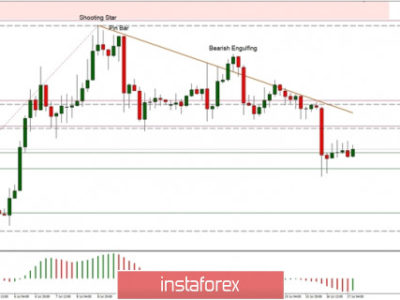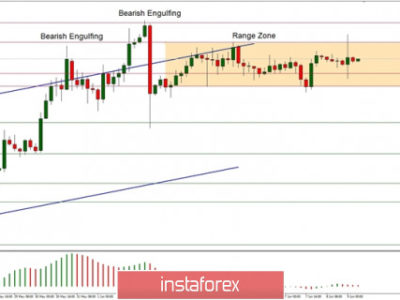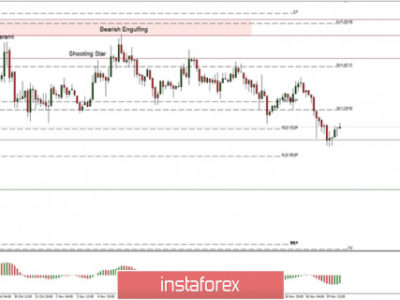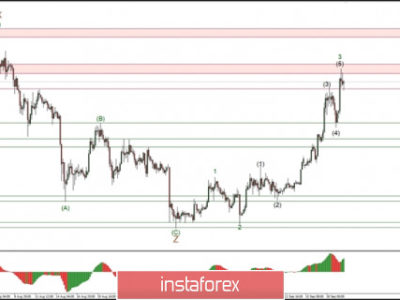The A, B, C, D of Blockchain
Initially developed as an accounting method for Bitcoin in 2008, by an anonymous developer called Satoshi Nakamoto, Blockchain is now changing the way individuals, businesses and governments conduct transactions.
Blockchain was initially developed as an immutable, digitised and decentralised public ledger of transactions that could be customised to record financial transactions and any other transaction of value in a chronological order. The skyrocketing value of Bitcoin and other cryptocurrencies built on this technology led to its adoption in a variety of commercial applications. However, despite its many advantages, the technology also had some limitations, which proved to be a hindrance in its adoption by major companies.
As a result, blockchain has evolved significantly in recent times, so that it now suits the needs of enterprises. The building blocks, however, remain the same at the core.
Asset Transfer
The technology was originally built to support Bitcoin, where people could send money through the internet, without the interference of middlemen, such as banks. The fact that the transactions occur in a fast, highly secure and transparent environment led to the adoption of this technology in other areas as well. Apart from money, blockchain is now being used for efficient transfer of digital assets between parties. These assets represent anything from stocks and bonds, to oil, real-estate and a lot more. The rights to an asset are converted to digital tokens, sometimes called asset-backed tokens. The blockchain records transactions in which the ownership of the underlying asset is transferred or the use of content is being licensed.
Blocks
Every new transaction had to be verified by the two participants involved, which led to the creation of a new block of data, as a record of that transaction. The continuously growing chains of blocks together made a blockchain. Every block contained a hash of a previous block, so a blockchain gave all information about user addresses, assets or balances, right from the first block till the most recent one. Since these blocks were secured using cryptography, the data in the block could be distributed but not modified. The new blockchain structure is able to achieve high transaction by parallelising validation. Now, the data structure is more of a network, and not a linear chain. Processing in this network can take place alongside each other.
Consensus
Unlike a traditional centralised database, blockchain built on the Bitcoin protocol has a lot of users and parties. Hence, distributed operators of blockchain had to evaluate and agree upon a unique block of transaction, before they could be included in the database. This is known as consensus. A consensus algorithm involved multiple servers agreeing on commands in the servers’ logs to reach a final value. This structure of blockchain requires global consensus on the order and outcome of all transactions. This form of consensus building technique has the flaw of using too much energy and comes with scalability issues. In the enterprise version of blockchain, only a selected few participant companies or individuals have a part to play in consensus building, which reduces the load on the blockchain and makes transactions faster.
Disruption
The transactions on blockchain are faster, more cost-effective, secure and less prone to errors. They are also done without the interference of third parties. A decentralised platform means that there is no single point of failure either. This has led to disruption in many technologies used before it. The hardest hit is our legacy financial institutions and banking industry. Blockchain shows promise in eliminating the need for ballot papers for the voting process. It is being used in other spheres like music streaming, copyright protection, supply-chain auditing, real-estate ownerships and maintaining health records of patients in the medical industry.
Blockchain should be understood as an emerging technology. There are a lot of exciting new approaches that could be incorporated in this system to make it suitable to specific industries. Needless to say, we are going to see this technology evolve further in the days to come.














